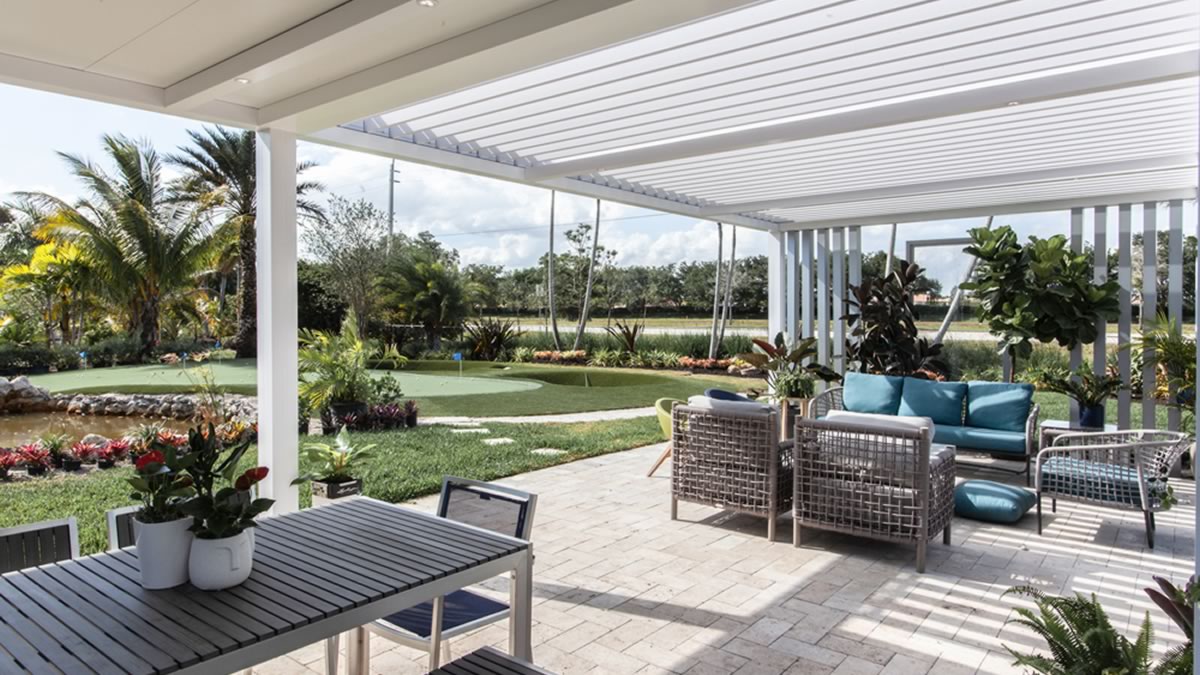

Crafting the ideal landscape design for your outdoor living space is part creative expression and part science. Creating a beautiful, colorful and tranquil landscape around your pergola will not only help it fit seamlessly with the rest of your yard, but can also enhance your outdoor lifestyle. Choosing the right plants, shrubs and trees can create privacy on your patio, attract desirable birds and butterflies, create patio cooling solutions, or simply deliver a new level of Zen to your outdoor living space.
Top landscape designers will allow the surrounding outdoor space to influence their vision, but they also apply some central principles of landscape design. If you are looking to let your personal creativity and style shine in your new backyard landscape, here are the top five design principles of pro designers.
The most important of the principles of landscape design is unity. The goal of any design is to bring harmony to the property as a whole. For example, when adding a pool cabana, you want to ensure that the new structure blends well with the current aesthetic. Using the landscaping to create a seamless transition to the new outdoor structure will help unify the property. Within the elements of the landscape plan itself, designers often use repetition to ensure a unified look and feel to the space as well.
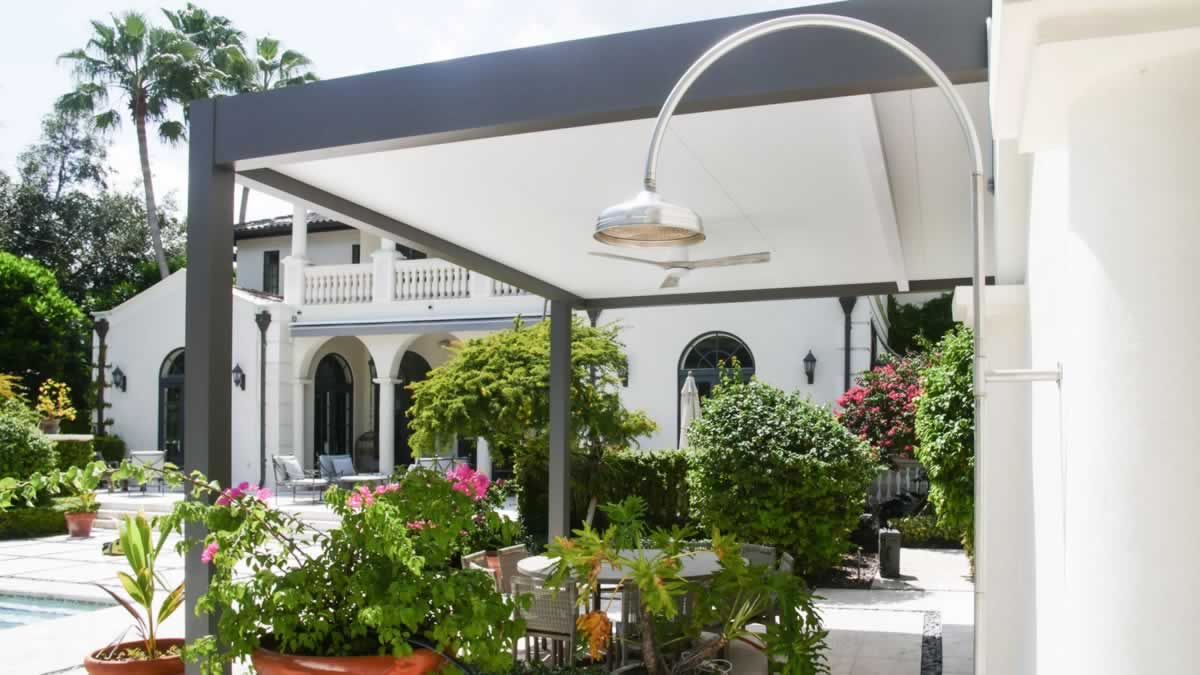
Repetition helps unify an overall design by introducing similar plants, textures, colors, etc. throughout the design. Incorporating too many dissimilar elements leaves the design feeling cluttered and is inherently off-putting to a viewer. When creating a landscape design plan to accompany a patio covered by a pergola, the plantings, hardscaping, etc. can also tie in with the color of the pergola. Choosing to repeat the pergola color with natural elements in the landscape will help unify the overall design. There is a fine line between the right amount of repetition and oversaturation though, so it is important to maintain proper balance throughout the design.
Proper balance of a landscape design needs to be both visual and textural. In design, balance can be very literal with a symmetric design, or more creatively balanced with an asymmetrical look. In a symmetrical design, the same plants, colors and hardscapes will be mirrored from one side of the design to the other. This approach is often preferred when a pergola is centered on the patio, or when a pathway leads to the outdoor space which creates a definitive center line to anchor the design. Asymmetrical designs can bring a more natural feel to a landscape, and allow you to create visual surprises throughout. It’s also important to maintain a textural balance throughout the design, so mixing plants with flowing vines and more jagged-leaved shrubs can provide a nice counterpoint to each other. Choosing the right colors to fill your planting beds can also contribute to a naturally balanced feel.
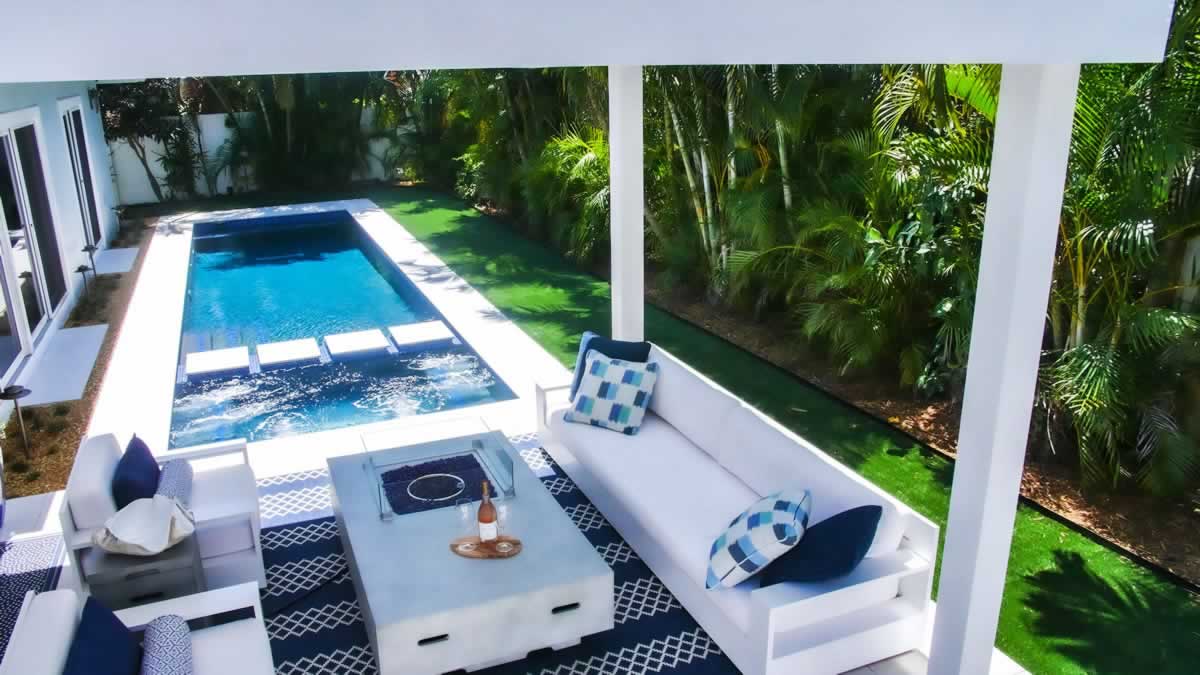
The best use of color in a design will help maintain the overall balance, while conveying the emotional feel you desire for relaxing on your patio. A color wheel can often be a valuable tool to identify complementary colors. Color can also drive the sensory reactions to the space. For example, warmer colors like reds and oranges are exciting and kinetic colors that generate excitement, while cooler colors like purples and blues evoke stability and calm. Regardless of the sensory pathway you choose to take with your color selections, pay special attention that you are creating transitions in colors throughout the overall design as you locate plantings.
Transitions throughout a landscape design can be gradual or intentionally bold. Pleasing transitions begin with color selection as discussed above, but are also reinforced by textural transitions, the use of differing foliage shapes, the height of plants, etc. Designing the landscape to surround a pergola can use these transitions very functionally as well. For example, planting shrubs that only grow to a couple feet will ensure clear sightlines from the patio to the surrounding yard. Planting taller bushes close to the pergola can give it a more enclosed feeling, which is sometimes preferred if you want to create privacy from the neighbors or reduce the potential glare in your pergola with TV.
Lines are the most elemental of all principals of landscape design. Consciously creating lines within the design will lead the eye through the landscape. These leading lines can be very bold with hardscaping or pathways, or much softer with lines of similar plants. For example, when building a landscape design to accent your pool deck design, the lines of the pool deck can be reflected in the landscape. A traditional rectangular pool with a straight-edged patio surround would likely fit well with a more symmetrical landscape design. More flowing pool shapes, though, would likely benefit from a more organic asymmetrical landscape. Designing a landscape for a pergola space can also play off of the architectural lines of the pergola and its louvers.
Undertaking any outdoor living space project is a unique opportunity to reimagine more than just the functional deck, pergola or pool deck. Take the opportunity to bring some of your own sense of style to the new space by using these same principles of landscape design upon which the pros rely.

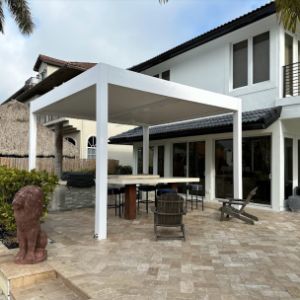
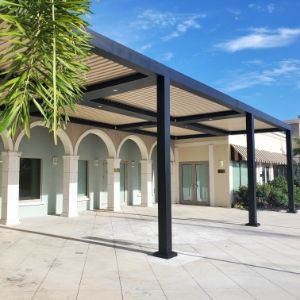
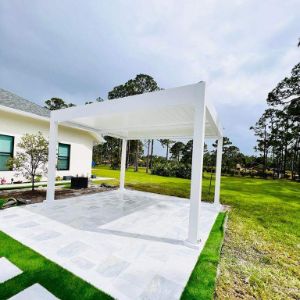

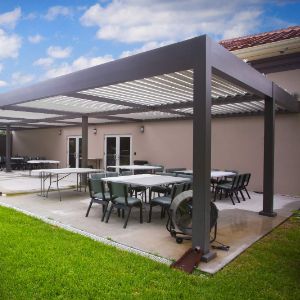

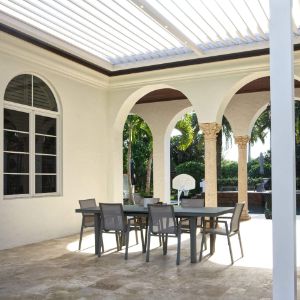


















Name
